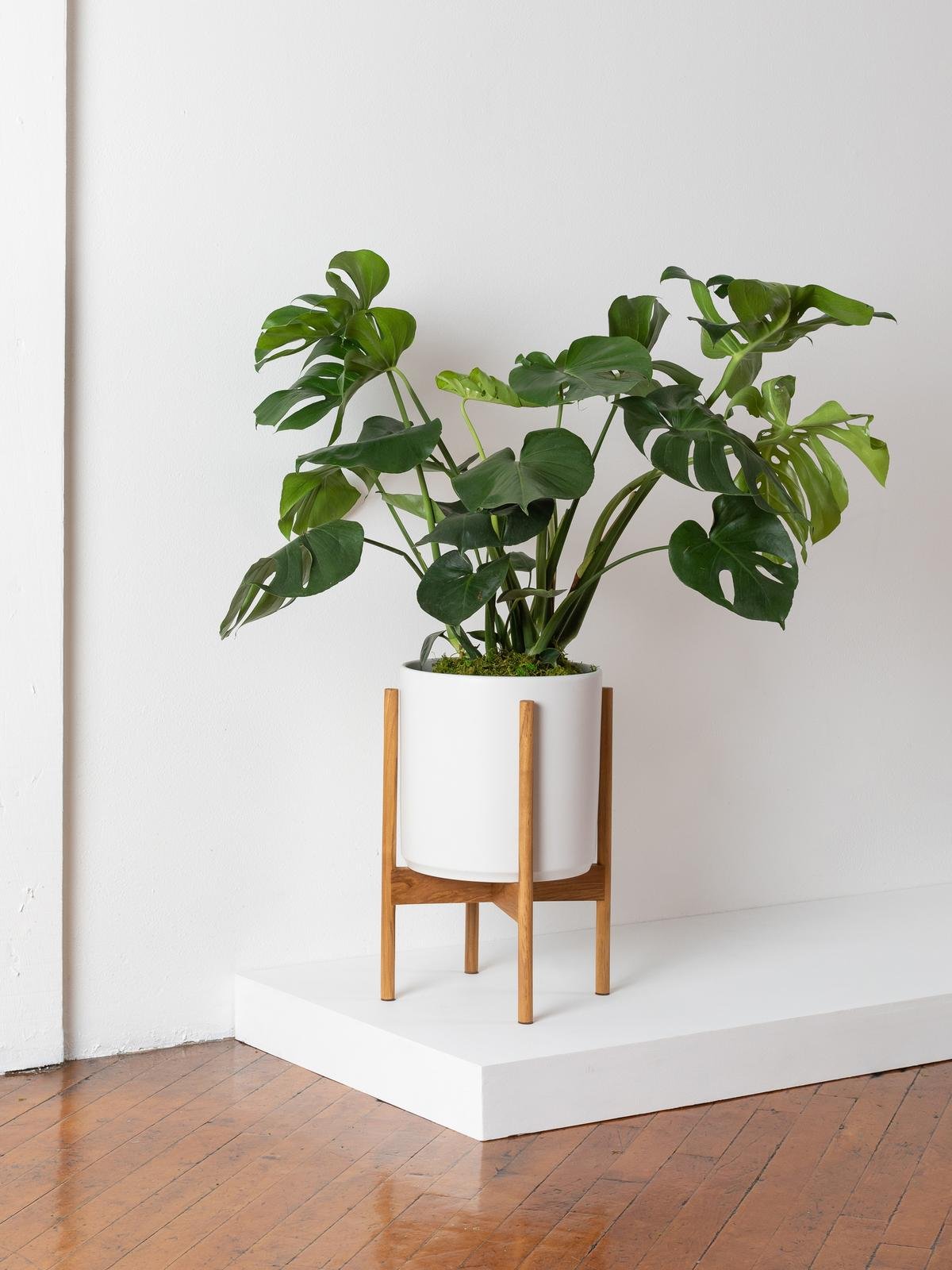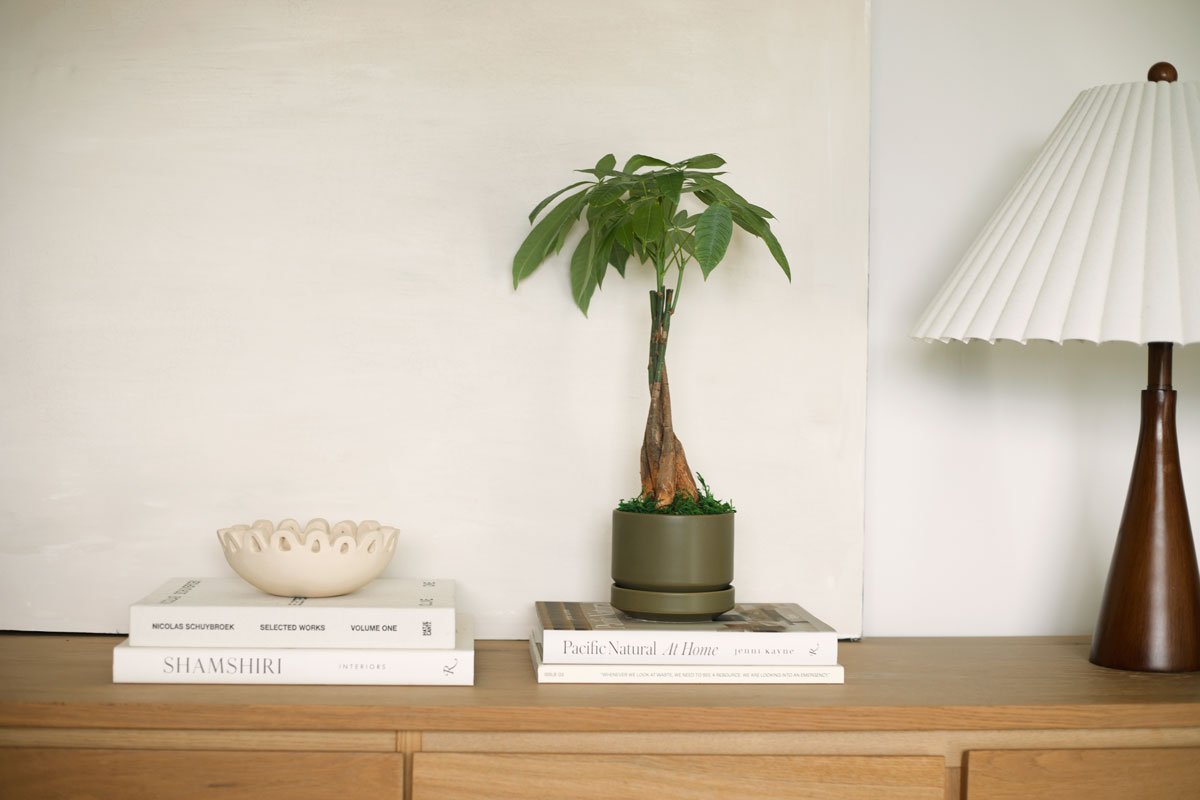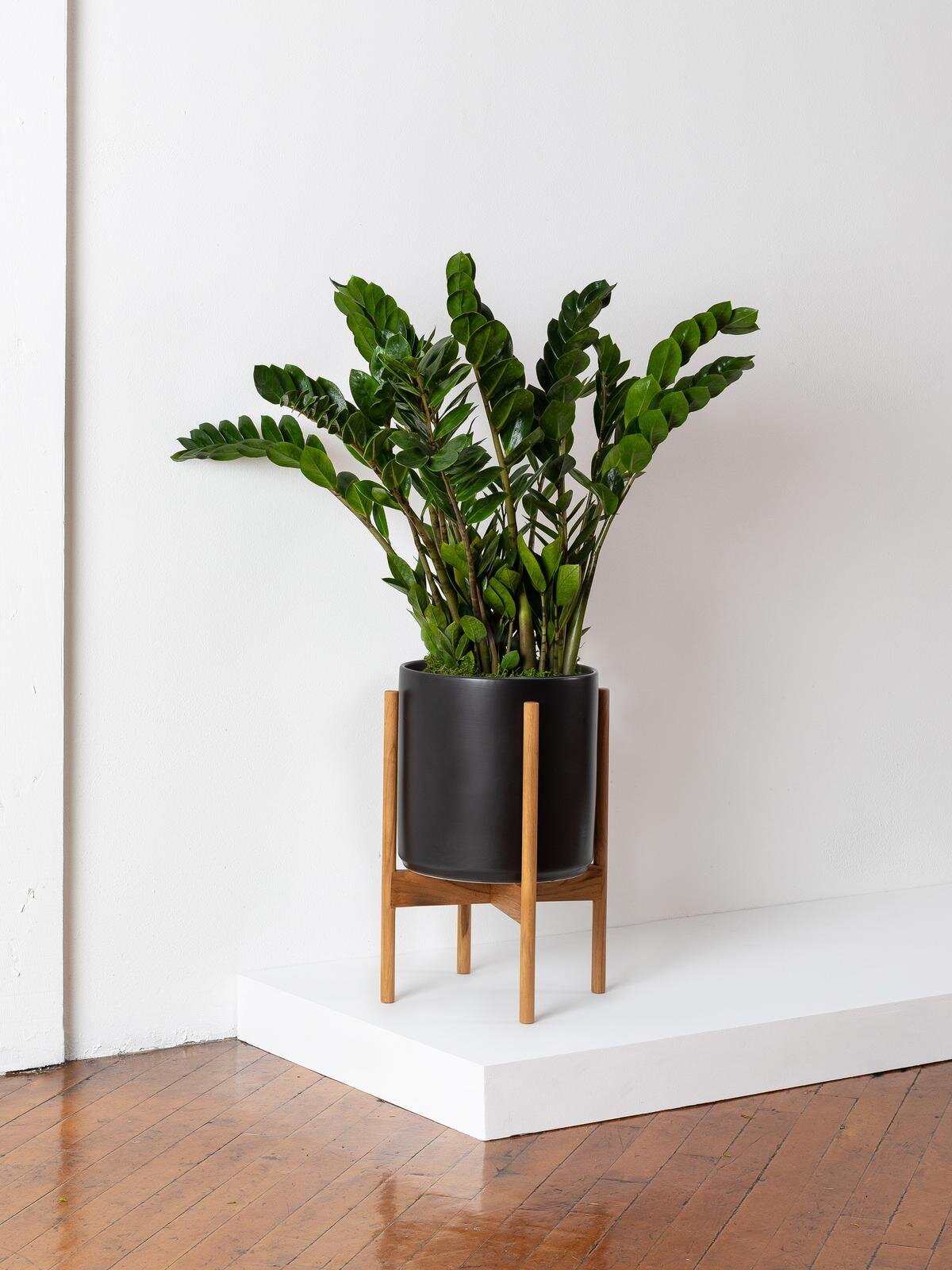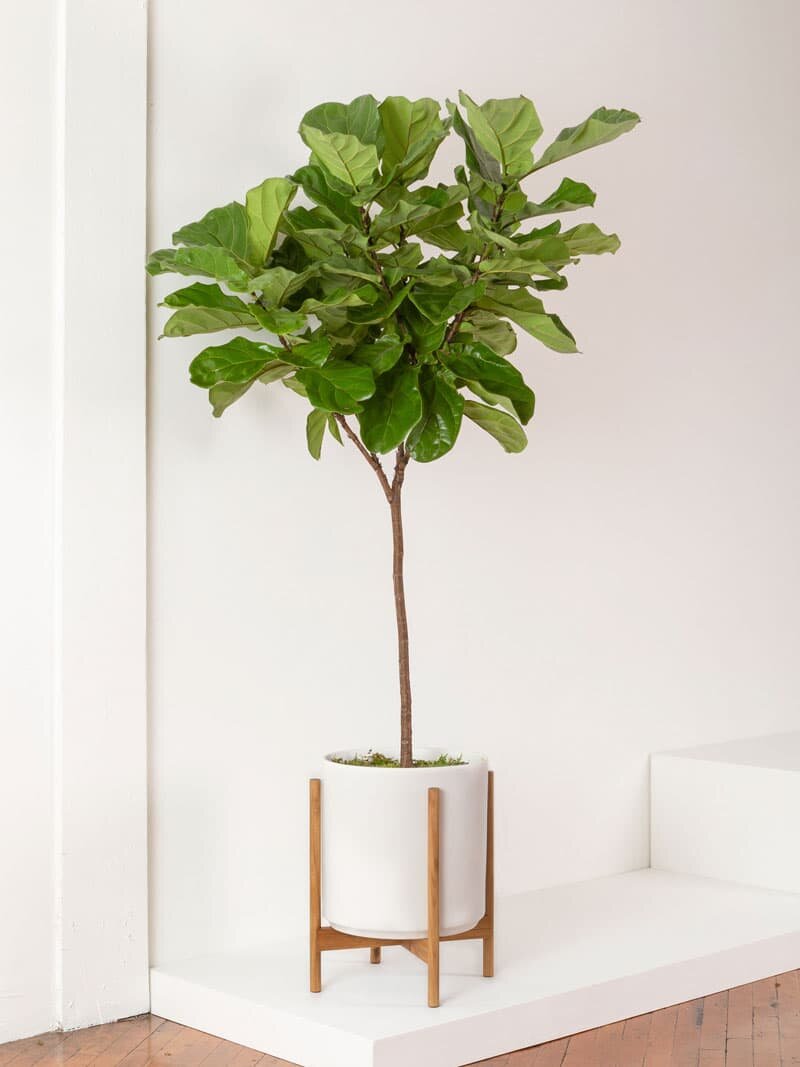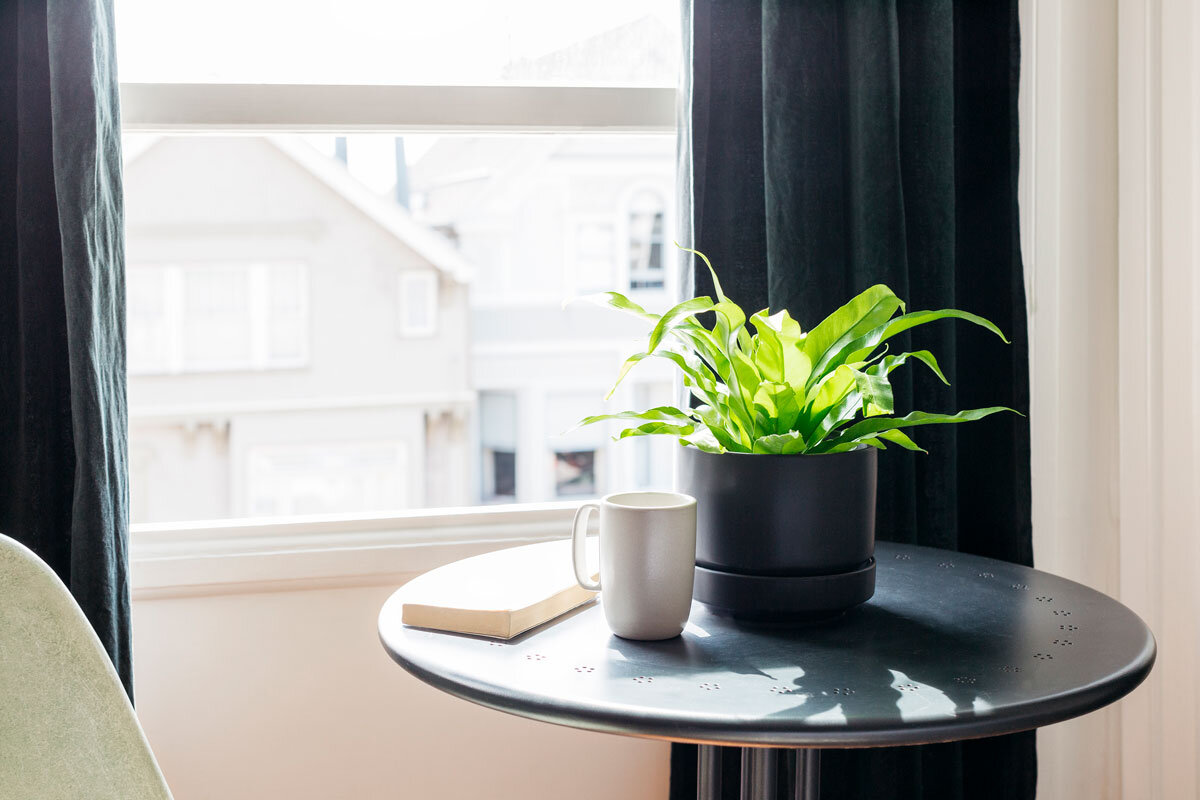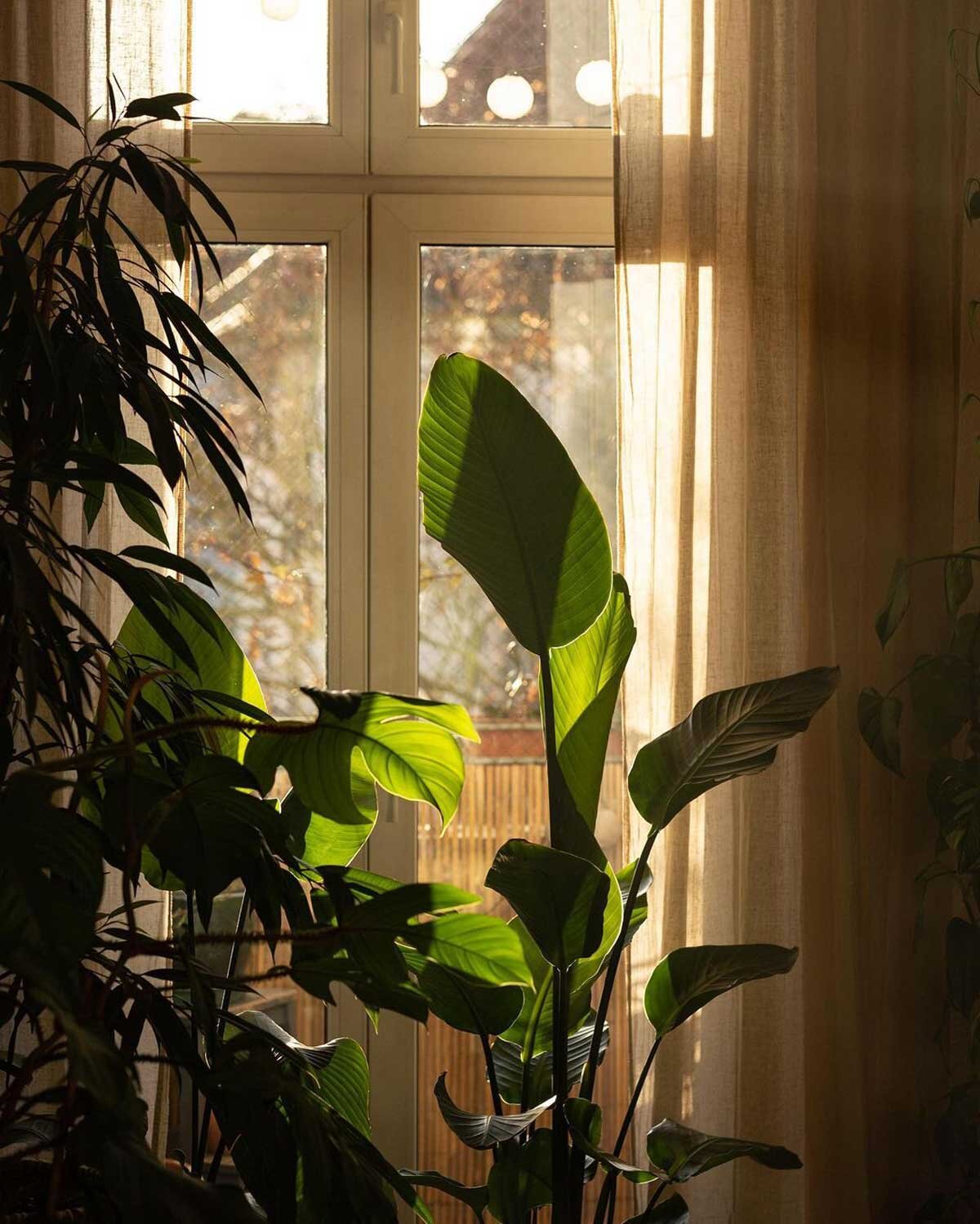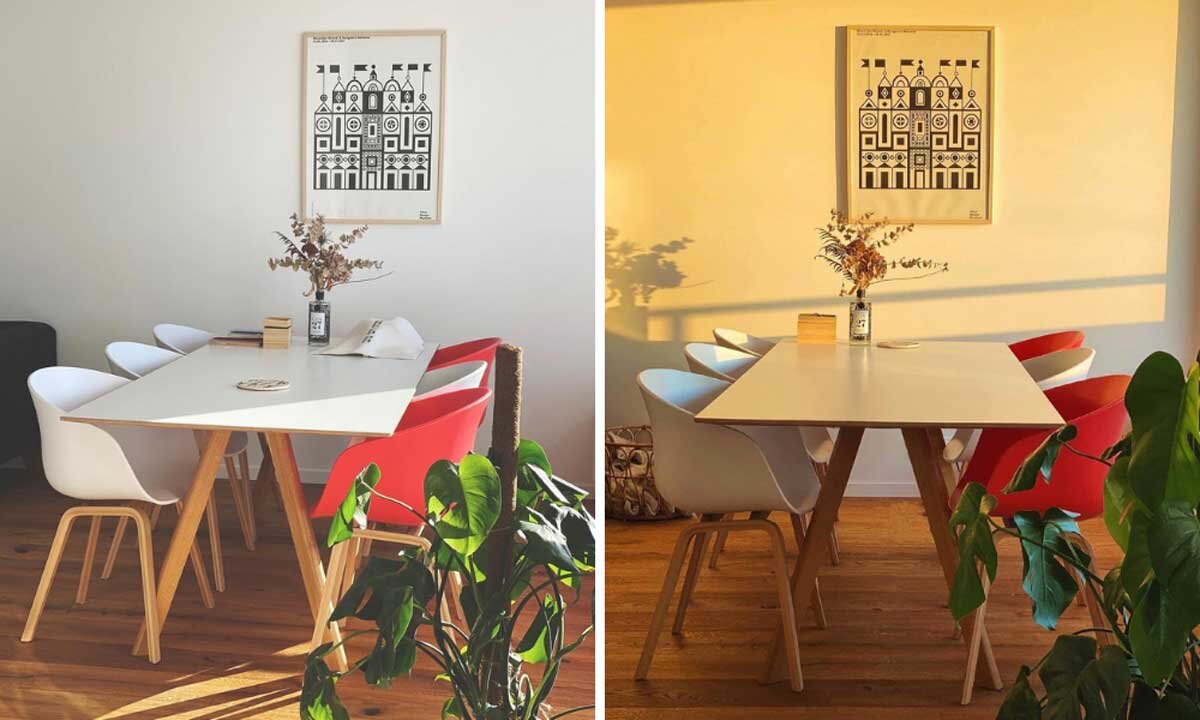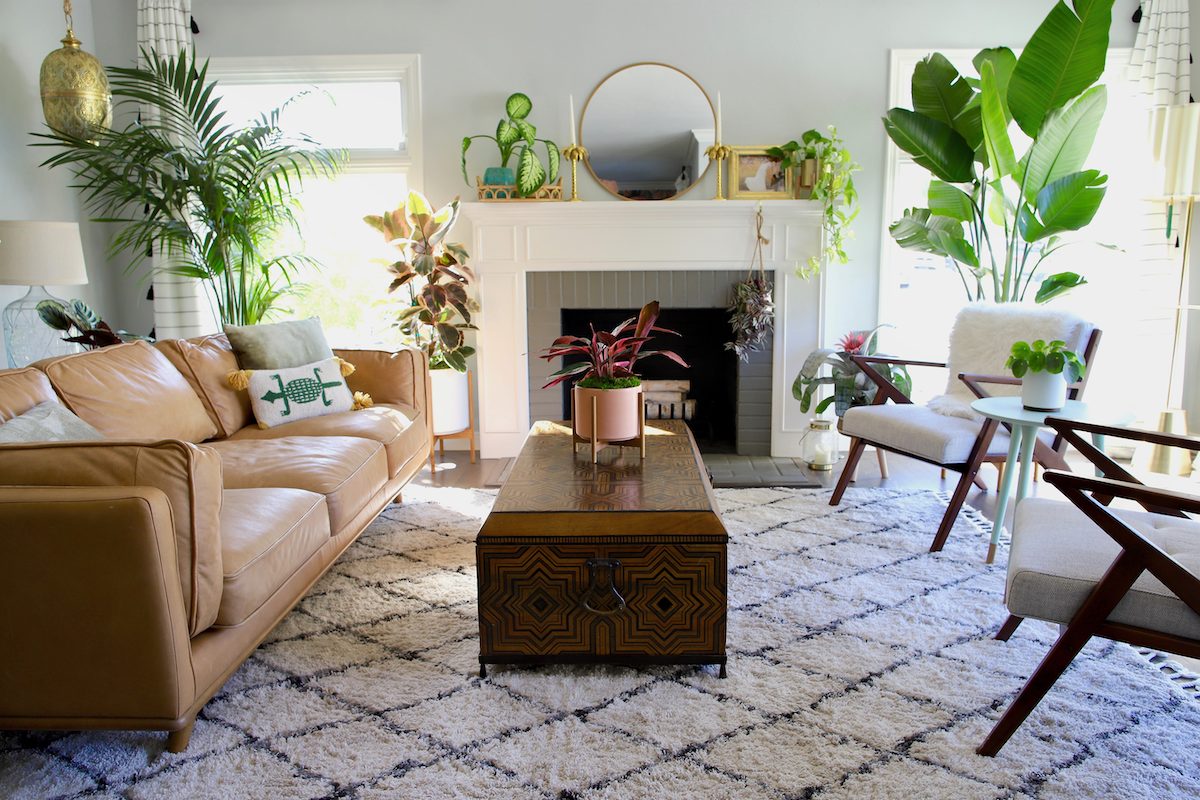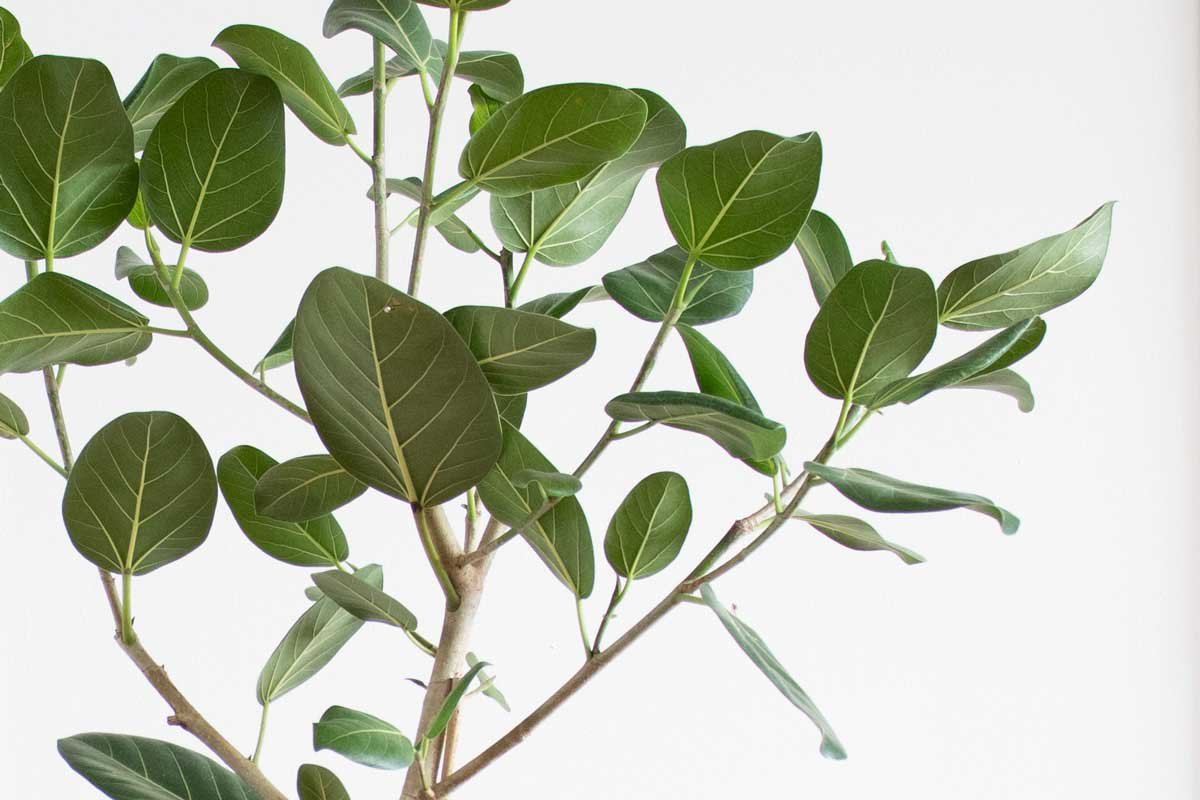Courtesy vistredwoods.com
Bio·phil·ia /ˌbī-ō-ˈfi-lē-ə /-ˈfēl-yə : a desire or tendency to commune with nature
Explore the wonders of nature with us in our Léon & George Travels series as we delve into captivating biophilic experiences across the globe.
Approximately 50 miles north of Eureka, California and just below the Oregon state line lies a verdant haven nestled within the heart of one of the state’s many redwood state parks. Meet Fern Canyon, a true hidden gem amongst California’s many natural wonders, and well-worth the trek to see.
A Jurassic Wonderland
Located within Prairie Creek Redwoods State Park, Fern Canyon is a mesmerizing tapestry of nature's artistry. Carved by Home Creek over thousands and thousands of years, what makes Fern Canyon so special are its 50+ft walls draped with lush ferns that cascade like emerald waterfalls. From Maidenhair Ferns, Sword ferns, Lady Ferns and Deer ferns, don’t be fooled by their often delicate appearance: some of these ancient species date back over 325 million years, making them older than dinosaurs. And speaking of dinosaurs, scenes from Steven Spielberg’s Jurassic Park 2: The Lost World were filmed here!
How to Visit Fern Canyon
Getting to Fern Canyon is an adventure in itself. You’ll need to make a reservation to obtain a parking permit, and be prepared for a 1-mile hike through the canyon, where you'll navigate the creek and witness the magic of Fern Canyon unfold before your eyes. For the more seasoned hiker, you can also access Fern Canyon via the 11-mile round trip hike from the Prairie Creek Visitor Center without any permit. Read the most recent updated information on how to visit Fern Canyon here.
When to Visit Fern Canyon
During the summer, the park installs wooden planks to navigate the trailhead and stream. If visiting during autumn, winter or spring, consider bringing waterproof footwear and always call to check conditions before visiting.
For those seeking a more tranquil experience, mornings often offer greater solitude in Fern Canyon. Keep in mind that rainy weather can render the canyon interior impassable. Therefore, it's advisable to choose a clear, sunny day to visit. If hiking Fern Canyon in the rain is your only option, exercise caution, proceed slowly, and avoid venturing during heavy rains as Home Creek may flash-flood.
Photo credit: visitredwoods.com and Getty Images
designed to thrive
Premium plants paired with handcrafted ceramics, plus lifetime Plant Doctor access. Order online at leonandgeorge.com







